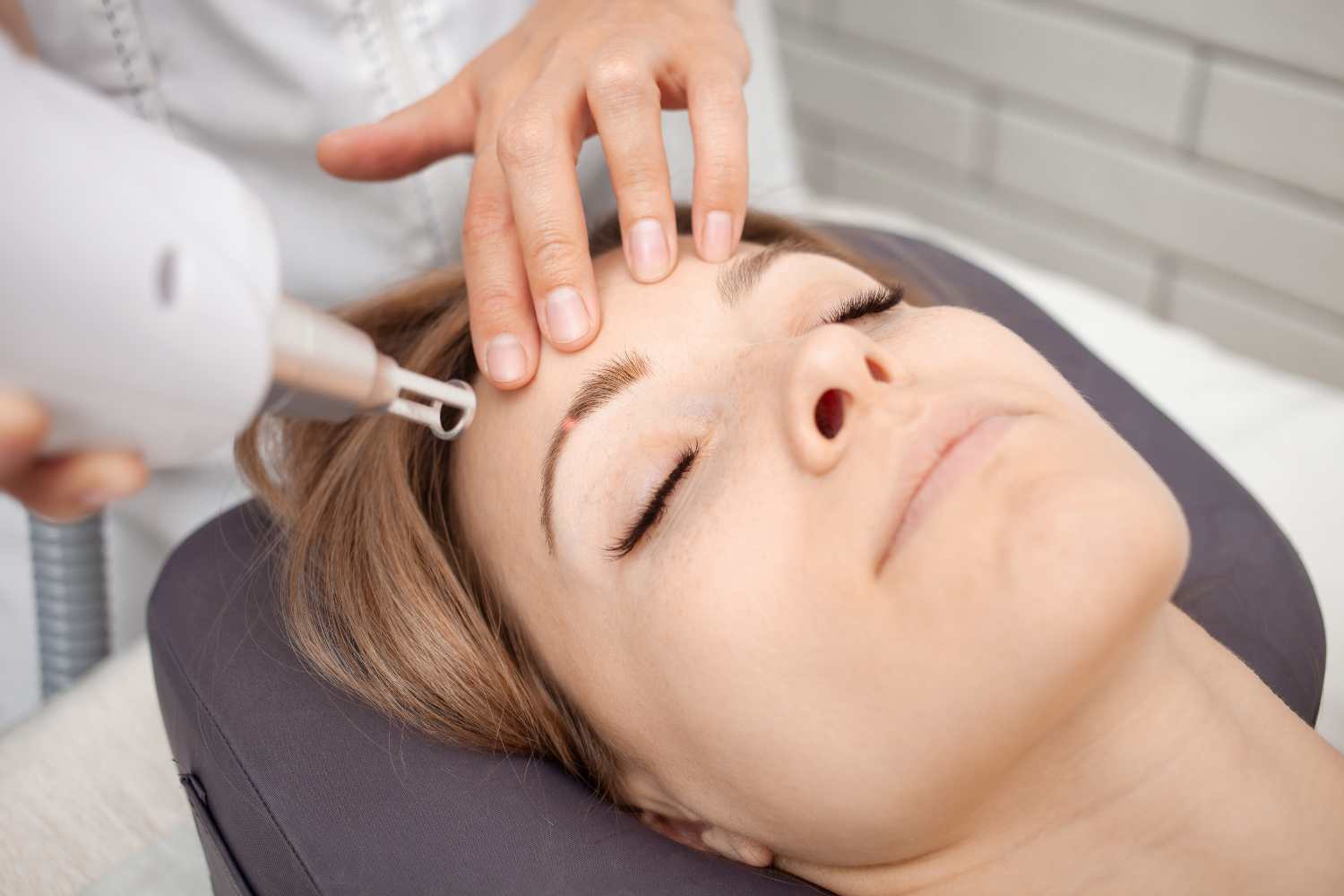How Much Does Laser Treatment for Dark Spots Cost?
What Is Laser Treatment for Dark Spots? Laser treatment is a popular dermatological solution that uses focused beams of light...

What Is Laser Treatment for Dark Spots?
Laser treatment is a popular dermatological solution that uses focused beams of light to break down the pigment in dark spots. This light targets melanin—the pigment responsible for dark patches—causing it to heat up and eventually fade as the body naturally eliminates the damaged cells. It’s a fairly quick and precise way to tackle pigmentation without affecting the surrounding skin.
Depending on the depth and cause of the pigmentation, different types of lasers may be used. Some are more gentle, while others go deeper for stubborn spots. It’s not a one-time fix for everyone, but it does offer long-term results when done right.
Why People Choose Laser Over Other Methods
laser for dark spots isn’t the only way to address dark spots. Creams, chemical peels, and microdermabrasion are also out there. But laser often stands out because it’s fast and effective. Many people who’ve tried over-the-counter serums for months with little improvement find real, visible changes after just a couple of laser sessions.
Another big reason for its popularity is how customizable it is. Dermatologists can adjust the intensity and type of laser to suit your skin tone, texture, and the depth of your spots. For people looking for precision and noticeable results, lasers are often the go-to option.
Average Cost of Laser Treatment
Now to the part everyone wants to know: how much does it actually cost?
On average, laser treatment for dark spots can cost anywhere from $150 to $500 per session. But this is just a general estimate. Depending on your specific needs and where you live, you might pay less—or a lot more.
A person living in a major city like New York or Los Angeles will usually pay more than someone getting treatment in a smaller town. Similarly, going to a high-end clinic with a well-known dermatologist can raise the cost, while smaller practices or newer professionals might charge less.
Factors That Affect the Price
Several elements play into the final bill for laser treatments. The type of laser used is one major factor. Some lasers, like intense pulsed light (IPL) or Q-switched lasers, might cost less. Others, like fractional CO2 or PicoSure lasers, are more advanced and expensive.
Then there’s the size and number of dark spots. A few small freckles on the cheeks will take less time and fewer sessions than larger patches across the face or body. More spots usually mean more sessions, and more sessions mean more money.
Your skin type and how your skin responds can also impact how many treatments you’ll need. Some people see results quickly, while others may require multiple visits to get the desired outcome.
Let’s not forget about geography either. Clinics in big cities tend to have higher overhead costs, which get passed along to clients. Meanwhile, in more rural or suburban areas, the price might be significantly lower for the same procedure.
Is It Worth the Investment?
This question doesn’t have a universal answer, but many people who’ve undergone laser treatments would say yes. While the upfront cost might seem high, the long-lasting results often justify the expense. Once the spots are gone, they usually don’t come back—at least not the same ones.
Of course, protecting your skin afterward is key. Sunscreen becomes your best friend. Without it, you might find new spots forming, which could mean needing touch-up treatments in the future.
What makes laser treatments especially valuable is how they don’t just fade the spots. Many also help with skin texture, boost collagen, and give an overall brighter, fresher look. That extra skin glow? It’s a bonus most people love.
Additional Expenses to Consider
It’s easy to think you’ll just be paying for the treatment and that’s it. But in reality, there might be a few extra costs involved. For example, many dermatologists will ask you to come in for a consultation before treatment. That first visit can cost anywhere from $50 to $200, depending on the clinic.
You may also need to purchase aftercare products like soothing creams or gentle cleansers that support healing and reduce irritation post-treatment. These aren’t always included in the treatment fee, so it’s good to ask about them in advance.
Also, multiple sessions are usually needed for the best results. One session might make a difference, but most people go through two to four sessions or more. Some stubborn spots require six or more, especially if they’ve been there a long time or are deep within the skin layers.
Can Insurance Cover It?
In most cases, insurance will not cover laser treatment for dark spots. That’s because it’s generally considered a cosmetic procedure. Cosmetic treatments are elective, not medically necessary, so they fall outside the usual coverage range.
However, if your pigmentation is due to a medical issue—like a skin condition that causes significant discomfort or embarrassment—your dermatologist might be able to make a case for partial coverage. It’s not common, but it’s worth asking about during your consultation.
If insurance isn’t an option, some clinics offer payment plans or financing, making it easier to spread out the cost over time instead of paying everything upfront.
Final Thoughts
Laser treatment for dark spots can be a game-changer, both for your skin and your confidence. While the price might seem high at first glance, the payoff in clearer, more even-toned skin can make it more than worth it for many people.
When considering the cost, remember that you’re investing not just in the treatment, but in how you feel when you look in the mirror. If dark spots have been bothering you and other methods haven’t worked, laser could be the breakthrough you’ve been looking for.
Just be sure to do your homework, choose a reputable provider, and go in with realistic expectations. Clear skin doesn’t happen overnight, but with the right approach—and the right professional—it’s definitely within reach.






